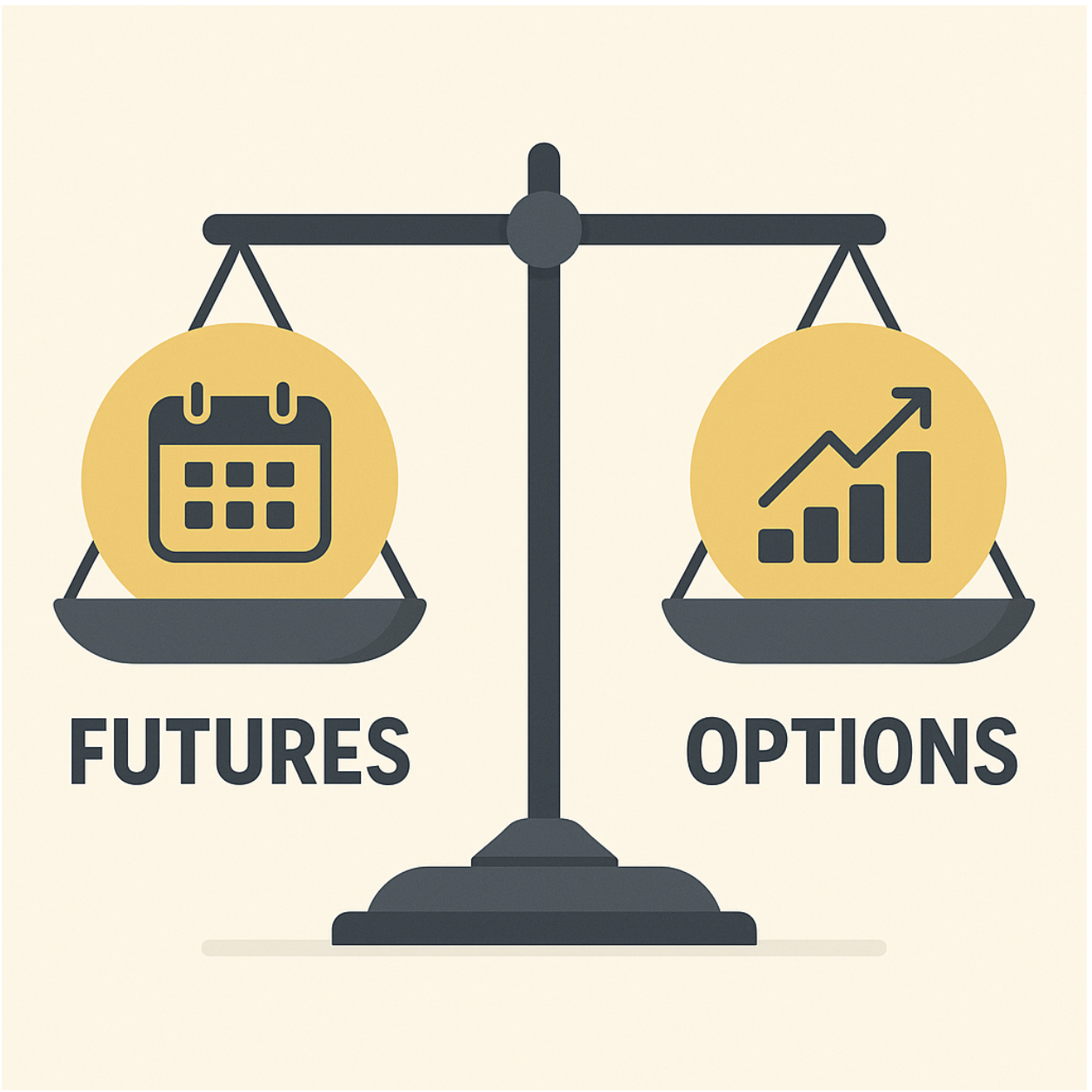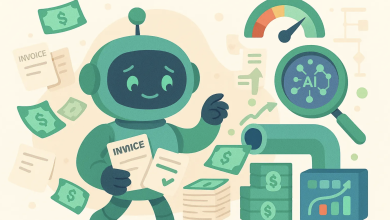
Imagine you’re betting on gold prices, but you don’t want to store bars in your garage. Do you lock in a deal now or keep the choice to walk away? That’s the fork in the road between futures and options. These derivatives, tied to assets like stocks, commodities, or cryptocurrencies, help manage risk or seize opportunities. They’re not about owning the asset but navigating its price swings.
From 1800s grain markets to today’s crypto exchanges, futures and options have shaped finance. In volatile times, like 2022’s inflation spike or crypto’s wild rides, they’re game-changers. Businesses stabilize costs; traders chase profits without going bust. This article unpacks their differences—mechanics, risks, and real-world uses—so you can pick the right tool for your goals. Let’s dive into what makes them tick.
Understanding Futures and Options
Futures and options are the heavyweights of derivatives, each with unique strengths. They let you hedge against price swings or speculate on market moves without owning the underlying asset. Whether you’re a farmer securing crop prices or a trader eyeing Bitcoin, understanding their mechanics is crucial. Below, we break down how each works and why they matter.
Futures Overview
Futures are contracts to buy or sell an asset at a set price on a future date, traded on exchanges like the Chicago Mercantile Exchange or Binance. They’re binding: both sides must deliver, no matter the market’s mood.
They cover oil, wheat, even digital assets. Learning how crypto futures work shows they let traders lock in Bitcoin prices using leverage, amplifying bets without owning coins.
Exchanges require margin deposits, and daily settlements keep things fair. It’s ideal for hedging big positions but demands commitment.
Options Overview
Options give you the right, not the obligation, to buy (call) or sell (put) an asset at a strike price before expiration. Traded on places like the CBOE, they’re about choice.
You pay a premium for this flexibility. If the market tanks, let the option expire; you lose only the premium. A put on Tesla stock, for example, shields you from a price drop.
They’re perfect for protection or calculated bets, with no forced action.
Key Differences Between Futures and Options
Futures and options may seem similar, both tied to future prices, but their structures create vastly different outcomes. From how they commit you to how they hit your wallet, these differences shape their use. Whether you’re hedging or speculating, knowing these distinctions helps you strategize. Here’s a deep dive into what sets them apart.
Obligation vs. Right
Futures lock you in. Agree to buy corn at $4 a bushel in six months, and you’re doing it, regardless of market shifts.
Options offer freedom. You can exercise or walk away, losing just the premium. It’s like signing a lease versus holding a hotel reservation you can cancel.
Futures suit rigid plans; options thrive in uncertainty.
Cost Structure
Futures require an initial margin, often 5-15% of the contract’s value, plus potential extra payments if prices swing against you.
Options demand only a premium, priced by volatility and time. That’s your max loss, no surprises. Sellers keep the premium but face risks if you exercise.
Futures tie up capital; options offer a fixed-cost entry.
Risk and Reward Profile
Futures are high-octane. Leverage means big wins or losses from small moves. A bad call can burn through margins fast.
Options limit losses to the premium but keep unlimited upside, especially with calls. Puts cap downside for portfolios. Time decay, though, can erode value.
Futures demand nerves of steel; options offer a safety net.
| Feature | Futures | Options |
| Obligation | Mandatory for both parties | Right, not obligation |
| Cost | Margin deposits, possible calls | Upfront premium only |
| Risk/Reward | Unlimited gains and losses | Loss capped at premium; unlimited upside |
| Primary Use | Hedging large positions | Protection or speculation with limits |
Advantages and Risks in Context
Futures and options shape markets by taming volatility and fueling opportunity. They let farmers, firms, and traders plan in chaotic times, from oil shocks to currency swings. Their reach extends to global economies, stabilizing sectors like agriculture and crypto. But their power comes with traps—leverage and complexity can backfire. Here’s how their benefits stack up against their risks.
Advantages
Futures deliver certainty. Airlines lock in fuel costs; farmers secure crop prices. High liquidity on exchanges makes them easy to trade.
Options shine for flexibility. Retail traders on platforms like Robinhood use them to hedge or speculate with capped losses. In macro terms, both boost market depth, aiding price stability.
Their accessibility has grown, empowering smaller players to manage risks like pros.
Risks
Futures’ leverage can crush you. A small price shift triggers big losses or margin calls, forcing sales at bad times.
Options lose value to time decay. Misjudge the market, and your premium’s gone. Frequent trading racks up costs.
In today’s 2023-2025 geopolitical turmoil, like Ukraine-driven commodity spikes, misuse amplifies losses. Regulations like Dodd-Frank aim to limit systemic risks, but vigilance is key.
Practical Applications and Case Studies
Futures and options serve distinct needs, from locking in prices to insuring portfolios. Their real-world uses highlight their strengths and guide strategy. Whether you’re a corporate hedger or a retail trader, picking the right tool depends on your market view and risk tolerance. Let’s explore their applications and a real case.
Applications
Futures are go-to for producers needing certainty. A coffee grower locks in prices to avoid harvest-time dips. In crypto, traders use how crypto futures work to hedge Bitcoin volatility on Binance.
Options suit portfolio protection or speculative bets. Investors buy puts to shield stocks during earnings or calls to leverage upside with limited risk.
Each tool fits specific goals: futures for commitment, options for agility.
Case Study
In 2020’s oil crash, a producer like Chevron used futures to sell at $50 per barrel pre-plunge. When prices hit rock bottom, they pocketed the difference, avoiding disaster.
A hedge fund, betting on recovery, bought call options on oil ETFs. Cheap premiums meant low risk; as prices climbed, profits soared without heavy capital.
Futures gave the producer stability; options gave the fund flexibility. Match your tool to your objective.
Conclusion
Futures and options are financial lifelines, with futures enforcing certainty and options offering choice. Futures bind you to deliver, ideal for hedging; options let you pivot, perfect for protection or speculation.
The future sees crypto derivatives, like those showing how crypto futures work, booming on CME or Binance. AI trading and tighter rules will shape their path.
Start small—test with paper trades, study markets. Risks loom, but futures and options let you steer through storms with calculated moves.





